Although the drink we make from Moruga bars is literally the closest thing to the original chocolate, we are not allowed to call our products chocolate. The reason: Our recipes contain no sugar. Our recipes contain nothing but cocoa. We don't have recipes. We only grind roasted cocoa bean kernels and add a pinch of salt.
It's kind of a shame, because we so often find ourselves in a limbo of words, caught between cocoa and chocolate.
The Cocoa Ordinance should actually regulate that
In theRegulation on Cocoa and Chocolate Products (cocoa regulation) - or KakaoV 2003 for short - clearly regulates, in a typical German manner, which terms the chocolate industry may use to market its products.
In principle, the Cocoa Ordinance is intended to prevent inferior foodstuffs with artificial flavors, but without real cocoa, from being traded as chocolate or cocoa. The definitions almost always refer to a minimum cocoa content.
Appendix 1 lists the two terms that are important to us:
- cocoa powder, cocoa
a) Products made from powdered, cleaned, shelled and roasted cocoa beans containing not less than 20 per cent cocoa butter by dry weight and not more than 9 per cent water.
- chocolate
a) Product made from cocoa products and sugars containing (...) at least 35 per cent total cocoa solids, of which at least 18 per cent cocoa butter and at least 14 per cent fat-free cocoa solids.
Which of the sales descriptions applies to Moruga panels?
When the Cocoa Ordinance was written, certainly nobody expected that someone would set up a start-up to offer sugar-free and additive-free, pure cocoa mass with a pinch of salt for the preparation of drinking chocolate according to the traditional model.

Our "food preparation containing cocoa" in production.
"Non-defatted cocoa liquor""
Pure, roasted and ground cocoa bean kernels are commonly referred to ascocoa mass designated. However, this term is not very clear, as in a typical large-scale industrial process, this same cocoa liquor is often subjected to great heat and pressure in order to liquefy the cocoa butter it contains. The powder that remains is also referred to as cocoa mass - but with the addition of heavily or weakly defatted. So we sell cocoa masssse?
Not so fast! Because we add a small amount of salt to the otherwise virgin cocoa liquor, our bars do not qualify as cocoa liquor. Legally what we sell in tablet form is a“food preparation containing cocoa”. Sexy.
Regardless of the law - how do we want to talk about our beloved hot drink?

Indio Rojo from Guatemala 🇬🇹 -Cocoa pods after harvest. From them you make: cocoa or chocolate Photo: Christoph vonn Cocoa Fino.
On the one hand, we want to promote the puristic idea of drinking a hot drink made from cocoa and water.Just like themsecond andthird wave As coffee pioneers of the last century, we want to shake off all unnecessary additives (think Nescafé powder with sugar, powdered milk, flavorings and stabilizers vs. freshly roasted coffee beans) and focus on what really matters: then cocoa.
It's actually logical that we're talking about cocoa here and not about chocolate.
On the other hand, there is the history and etymology ofchocolate, to which we are also not completely strangers.
The roots of the wordchocolate
The Nahuatl language of the Aztecs is very likely the root of our modern word chocolate, as the early inhabitants of Mesoamerica drank their belovede “Xocolatl” prepared from cocoa and water. This Nahuatl word is often translated as“bitter brown drink”.
Chocolate as a popular hot drink in Europe
Even in early German usage, the word meant“chocolate” another hot drink made from cocoa mass and hot water. Chocolate houses were the forerunners of the European coffee houses and here chocolate was poured out of large buckets.
Admittedly, bothXocolatl in Mesoamerica and chocolate in Weimar, often enriched with honey, vanilla, cinnamon, cardamom, pepper, orange peel, chili and even milk. Nevertheless, chocolate referred to the hot drink, the basis of which was hot water and cocoa mass.r.

“A Rake's Progress: The Gaming House - a well-known chocolate house in the 18th century WILLIAM HOGARTH/SIR JOHN SOANE'S MUSEUM/WIKIMEDIA
Here I cannot avoid quoting a well-known chocolate fan*:
“Now I stand here, poor fool,and am as smart as ever.”
We say:cocoa
I finally decided to use the name of the plant for the hot drink made from it.
What is the name of a drink made from hot water and fermented and dried tea leaves tea.
What is the name of a drink made from hot water and fermented, dried, roasted and ground coffee beans Coffee.
What is the name of a drink made from hot water and fermented, dried, roasted and ground cocoa beans Cocoa!
☕️
☕️
PS: *Goethe said that without drinking chocolate in the morning he found it difficult to write. Smart man! I drank while writingPorcelana from Peru🇵🇪.
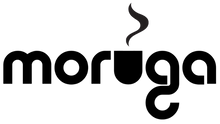
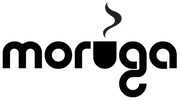



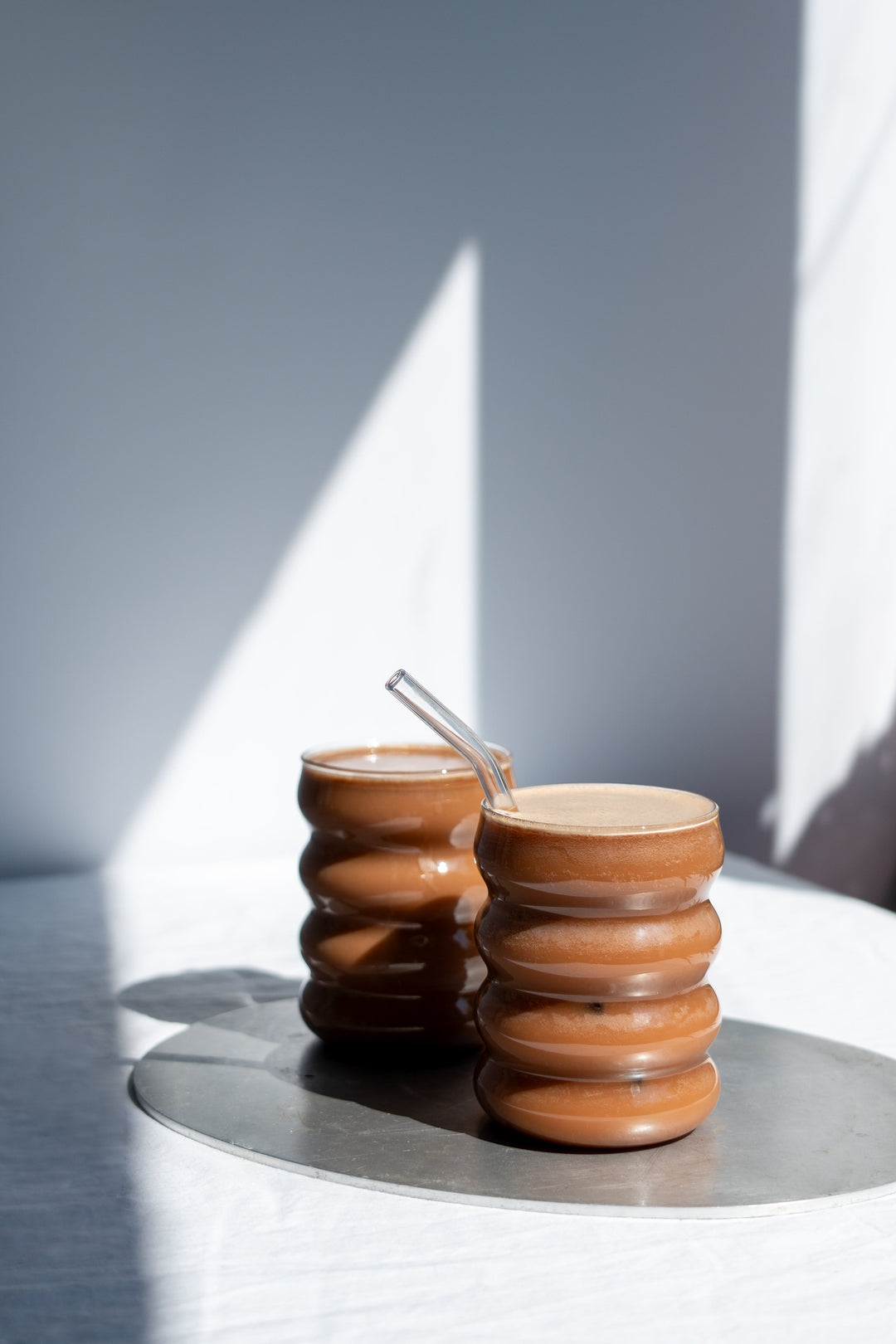
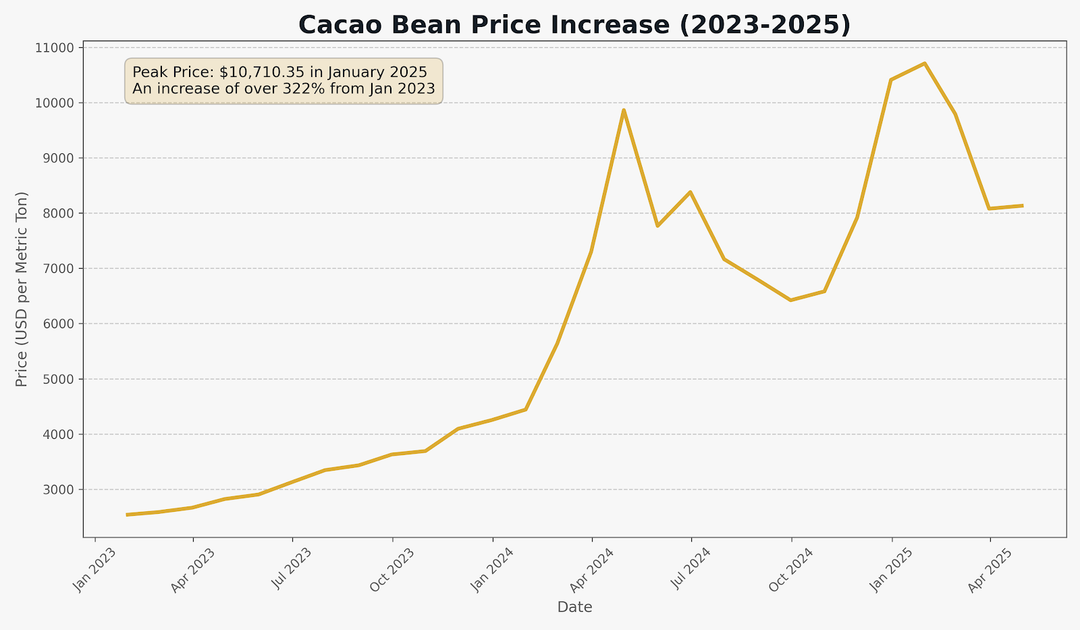
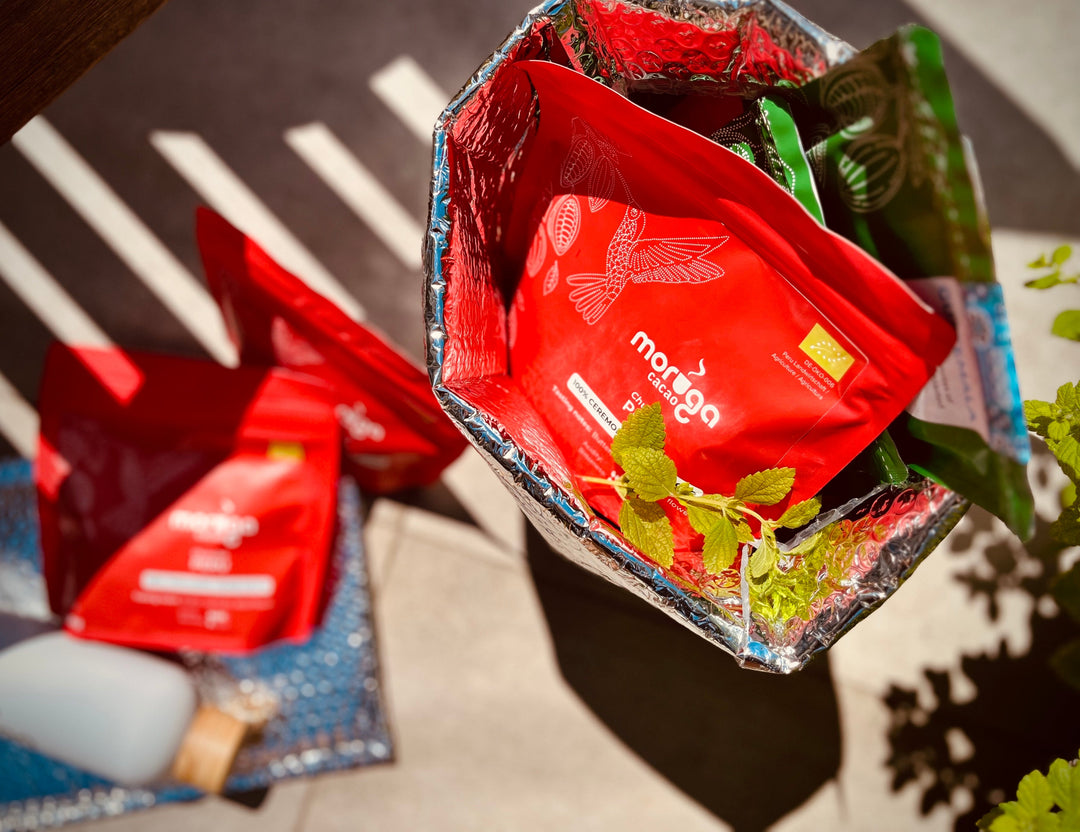
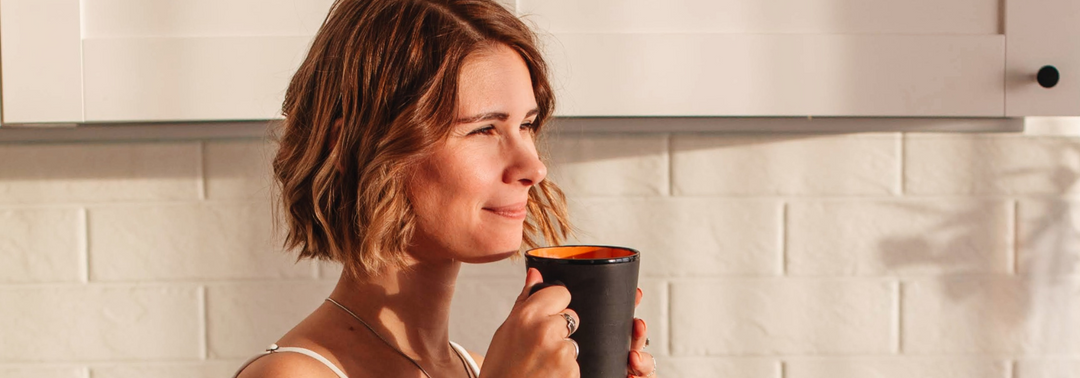
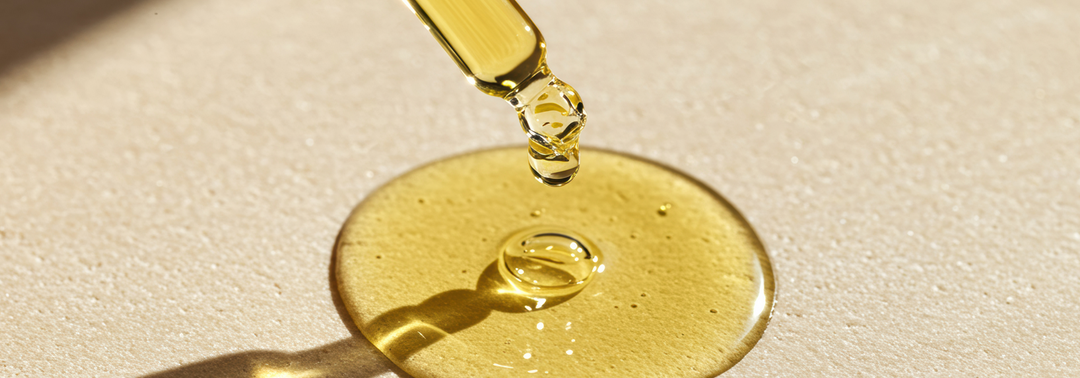
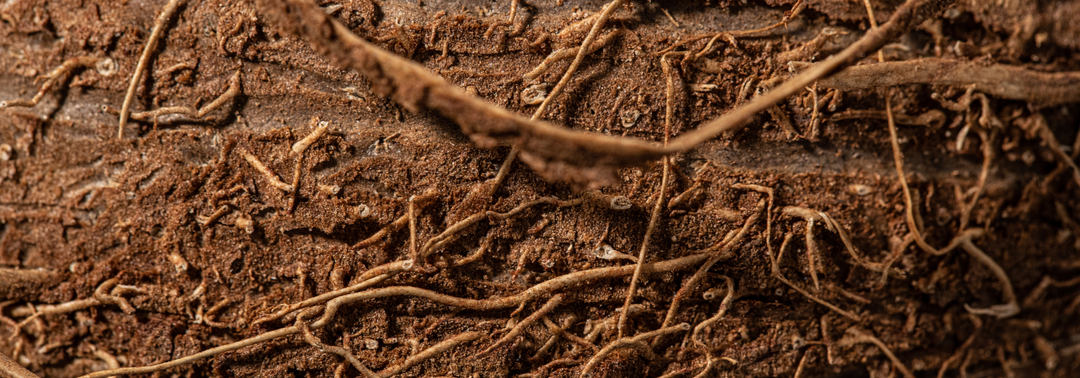
Leave a comment